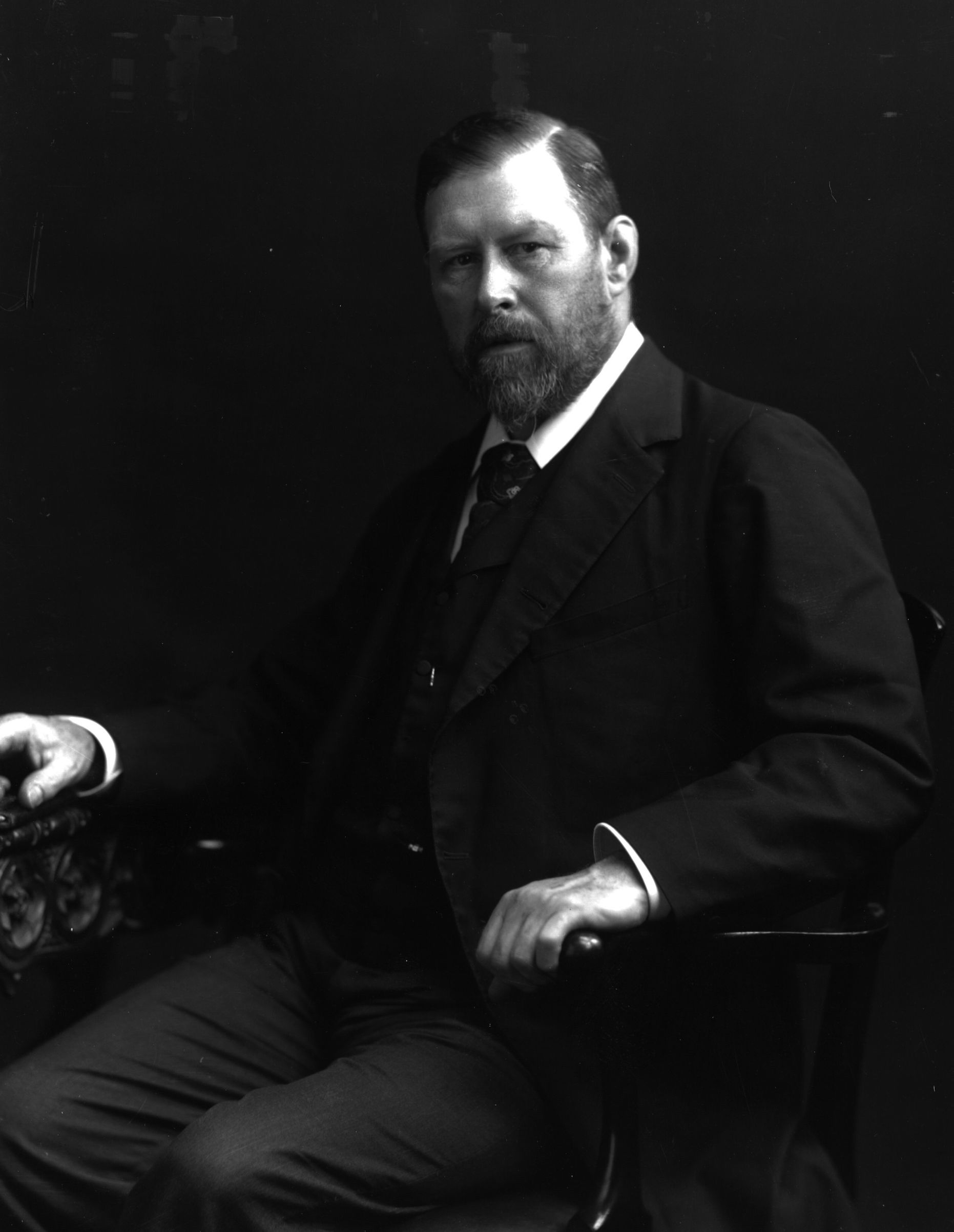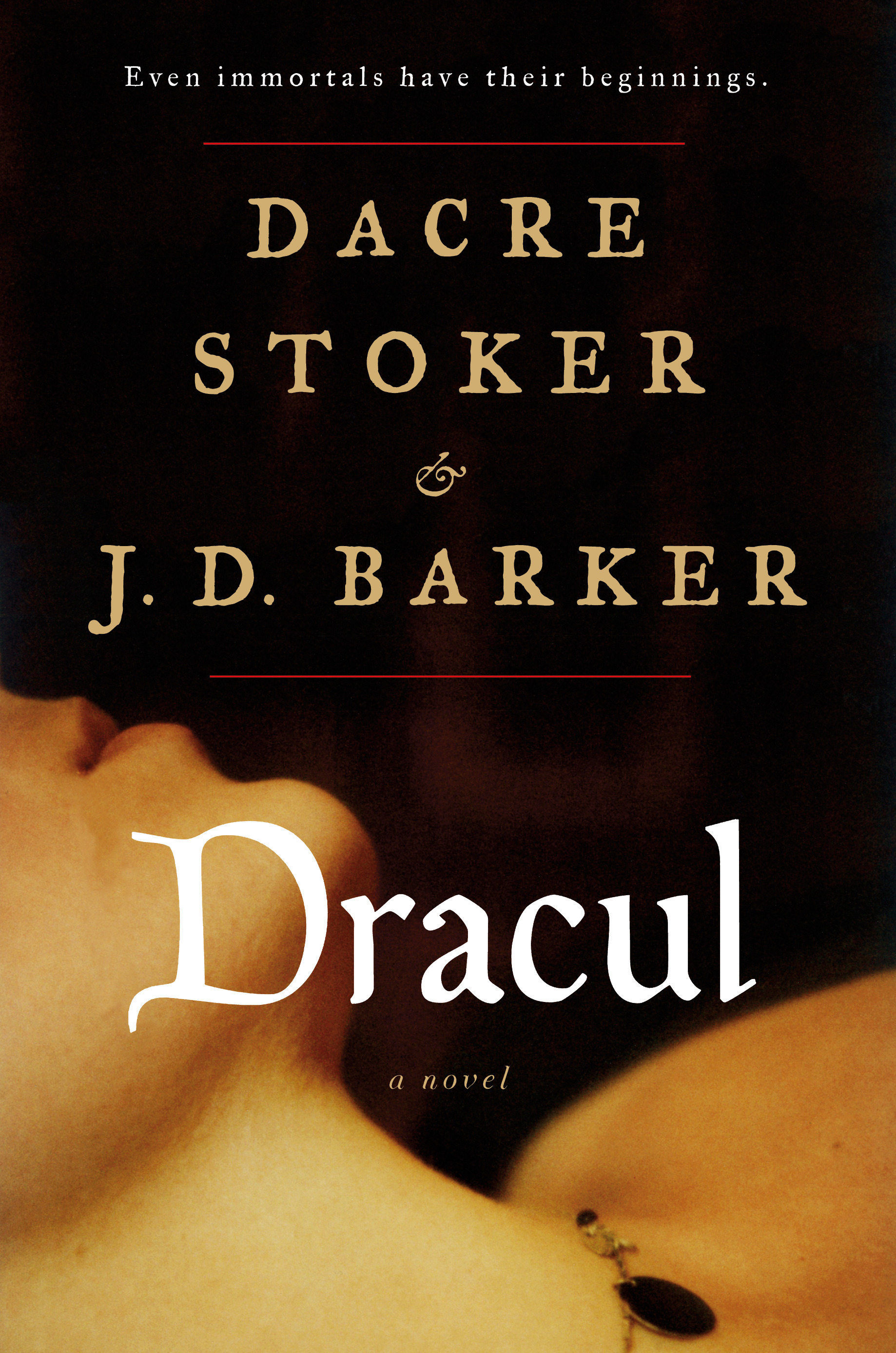
“There are mysteries that man can only guess at which age by age may only solve in part.” — Bram Stoker
In the summer of 1890, a 45-year-old Bram Stoker entered the Subscription Library in Whitby, England, and requested a specific title — The Accounts of Principalities of Wallachia and Moldavia by William Wilkinson. This wasn’t a title found readily on the shelves or typically made available to the general public. The library didn’t even make it known they possessed the rare book. Access was only granted to those who asked for it. Patrons handled the title only under the watchful eye of the librarian, and it was returned to its resting place the moment business concluded. Upon receipt of the book, Stoker didn’t read it cover to cover or browse the text — he opened the pages to a specific section, made notes in his journal, and returned the tome to the librarian.
He stopped next at the Whitby Museum, where he reviewed a series of maps and pieced together a route beginning in the heart of London and ending upon a mountaintop deep within the wilds of Romania — a latitude and longitude previously noted in his journal and confirmed again this very day.
From the museum, Bram then made his way to Whitby Harbor where he spoke to several members of the Royal Coast Guard. They provided details of a sailing vessel, the Dmitri, that ran aground a few years earlier on the beach inside the protective harbor with only a handful of the remaining crew alive. The ship, which originated in Varna, an eastern European port, was carrying a mysterious cargo — crates of earth. While investigating the damaged ship, rescue workers reported seeing a large black dog, consistent with a Yorkshire myth of a beast known as Barghest, escape from the hull of the ship and run up the 199 steps from Tate Sands beach into the graveyard of St. Mary’s Church.
Stoker looked up at the church, at Whitby Abbey looming beside it on the cliff. In his mind’s eye, he pictured the dark chamber at the top of the central tower.
Opening his journal, he turned to the information he’d written down back at the library —
Voivode (Dracula)
Dracula in Wallachian language means DEVIL. Wallachians were accustomed to give it as a surname to any person who rendered himself conspicuous either by courage, cruel actions, or cunning.
Four months earlier, at a dinner at the Beefsteak Club of the Lyceum Theater in London, Bram Stoker’s friend Arminius Vambery told him of the book, told him what to look for. Told him to visit the library in Whitby. The final piece of a decades-old puzzle, a story, slowly taking shape. On another page of his notes, the name Count Wampyr had recently been crossed out, replaced with Count Dracula and to Bram, it all made sense now.
For fans of the novel Dracula, the information above takes on a familiar note. We all know the name. There’s the graveyard, the Abbey, the dog, and of course, the ship — but it was called The Demeter, right? Not Dmitri… In the book, yes, but in real life it was Dmitri. And there was a “real life.” Bram had found a blurry place between fact and fiction and that surely put a smile on the Irishman’s face.
When Bram Stoker wrote his iconic novel, the original preface, which was published in Makt Myrkanna, the Icelandic version of the story, included this passage: I am quite convinced that there is no doubt whatever that the events here described really took place, however unbelievable and incomprehensible they might appear at first sight. And I am further convinced that they must always remain to some extent incomprehensible.
He went on to claim that many of the characters in his novel were real people: All the people who have willingly — or unwillingly — played a part in this remarkable story are known generally and well respected. Both Jonathan Harker and his wife (who is a woman of character) and Dr. Seward are my friends and have been so for many years, and I have never doubted that they were telling the truth…
Bram Stoker did not intend for Dracula to serve as fiction, but as a warning of a very real evil, a childhood nightmare all too real.
Worried of the impact of presenting such a story as true, his editor, Otto Kyllman, of Archibald Constable & Company, returned the manuscript with a single word of his own: No.
He went on to explain that London was still recovering from a spate of horrible murders in Whitechapel — and with the killer still on the loose, they couldn’t publish such a story without running the risk of generating mass panic. Changes would need to be made. Factual elements would need to come out, and it would be published as fiction or not at all.
When the novel was finally released on May 26, 1897, the first 101 pages had been cut, numerous alterations had been made to the text, and the epilogue had been shortened, changing Dracula’s ultimate fate as well as that of his castle. Tens of thousands of words had vanished. Bram’s message, once concise and clear, had blurred between the remaining lines.
In the 1980s, the original Dracula manuscript was discovered in a barn in rural northwestern Pennsylvania. Nobody knows how it made its way across the Atlantic. That manuscript, now owned by Microsoft cofounder Paul Allen, begins on page 102. Jonathan Harker’s journey on a train, once thought to be the beginning of the story, was actually in the thick of it.
This raises a question: what was on the first 101 pages? What was considered too real, too frightening, for publication?
Bram Stoker left breadcrumbs; you need only know where to look. Some of those clues were discovered in a recently translated first edition of Dracula from Iceland titled Makt Myrkranna, or Power of Darkness. Within that first edition, Bram left not only his original preface intact, but parts of his original story — outside the reach of his U.K. publisher. More can be found within the short story Dracula’s Guest, now known to have been excised from the original text. Then there were his notes, his journals, other first editions worldwide. Unable to tell his story as a whole, he spread it out where, much like his famous vampire, it never died, only slept, waited.

J.D. Barker is the international bestselling author of Forsaken, The Fourth Monkey, and The Fifth to Die. Dacre Stoker is the great-grandnephew of Bram Stoker and the international bestselling co-author of Dracula: The Undead. He manages the Bram Stoker Estate. Together, they are the authors of the novel Dracul, available now, the research for which informed this piece.
Correction: Oct. 3
The original version of this article mistakenly described the Whitby Abbey tower as destroyed at the time of Bram Stoker’s visit in 1890. The tower was not destroyed until 1914.
More Must-Reads From TIME
- The 100 Most Influential People of 2024
- The Revolution of Yulia Navalnaya
- 6 Compliments That Land Every Time
- What's the Deal With the Bitcoin Halving?
- If You're Dating Right Now , You're Brave: Column
- The AI That Could Heal a Divided Internet
- Fallout Is a Brilliant Model for the Future of Video Game Adaptations
- Want Weekly Recs on What to Watch, Read, and More? Sign Up for Worth Your Time
Contact us at letters@time.com